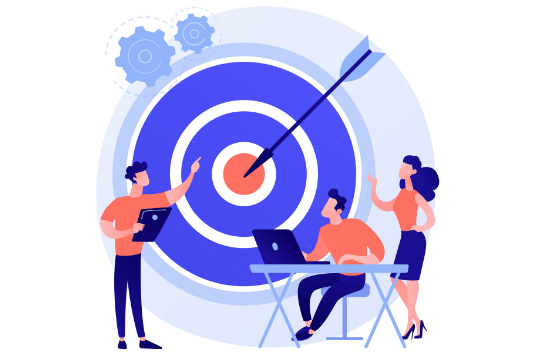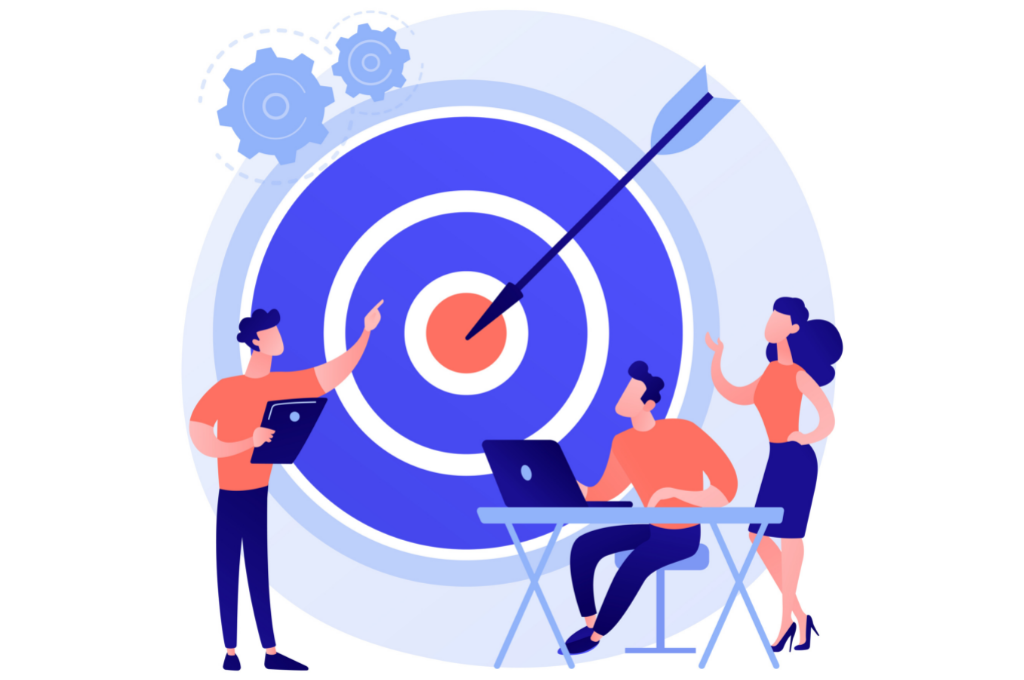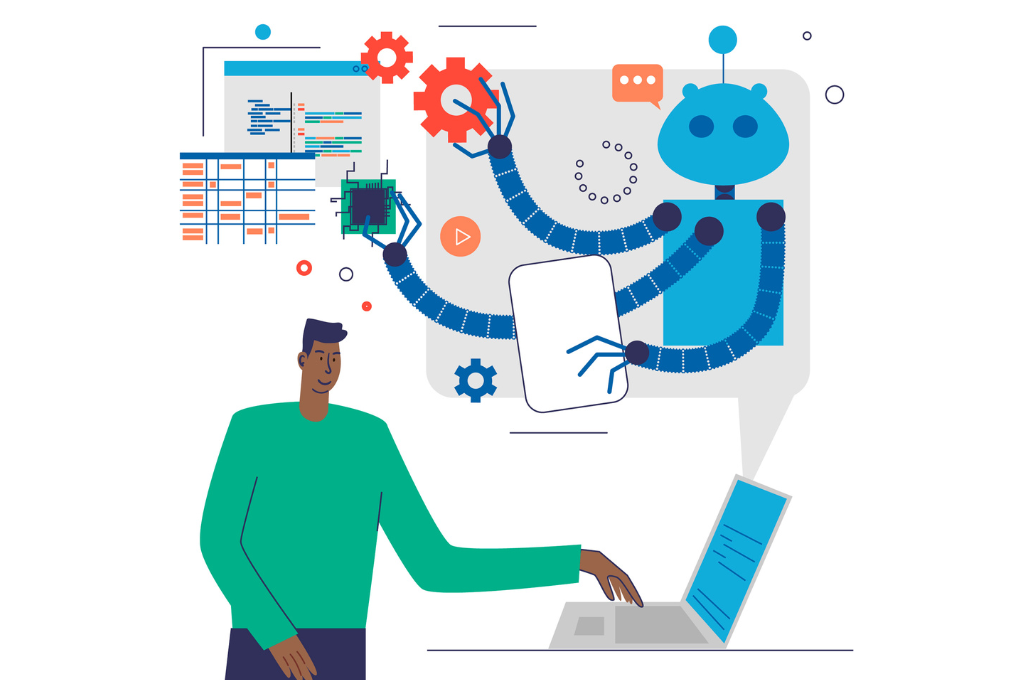When we say “workplace productivity”, people usually think it relates to completing all tasks for the day, showing how efficient you are.
But, in reality, it means completing prioritized work regularly without compensating in quality.
A project manager is assigned to manage the process and ensure that employees attain high productivity. Their job is quite difficult as they have to observe several teams, conduct various project analyses, and continuously change methods so that the work doesn’t seem monotonous and productivity increases over time.
What is Workplace Productivity?
Although the term might sound a bit complex, Workplace Productivity has a simple meaning. It defines a company's performance over the past year that determines whether they would be able to succeed in completing upcoming projects or not. If the organization's productivity is low, then it would harm product quality and affect the profit scale as well.
To maintain productivity in the company, the project manager has to take certain measures. Whether it be using project management tools, adding new members, dividing small tasks, or organizing team activities, a manager has to take care of it so that there’s no gap or breakdown in the company.
How To Measure Workplace Productivity?
When it comes to measuring the workplace productivity of an organization, we usually view the previous statistics or perform project analysis. These statistical charts show the amount of work done, deadlines missed, goals achieved, client feedback, and various other parameters.
Based on the above parameters, the project manager gets a rough idea about the work productivity and makes changes accordingly. After making the changes, the manager is supposed to keep a keen eye on the teams, whether in-house or remote teams, to notice both pros and cons of the new system.
Also Read: How To Manage A Remote Developer Team?
It is important to measure the productivity of an organization regularly to maintain the flow of work. While some companies perform an annual check, most companies do weekly, monthly and quarterly checks as well. In the latter’s case, there are high chances of an increase in productivity, hence, improving the quality of work.
By performing regular analysis, a manager would be able to notice the flaws in the system and any upcoming risks as well. Besides, with proper project analysis, one can easily determine whether the team would be able to complete the project on time or not.

Signs of Low Workplace Productivity
Say you are a new project manager in an organization and have an effectively working distributed team. Besides, you have also stated the deadlines, sent continuous emails and conducted meetings for updates. But, still, the team is unable to deliver the desired results within the deadline.
Though you have done everything from your side, there’s a lack from the team’s side.
Why?
That’s due to low workplace productivity. To recognize low productivity in an organization, look out for the below signs.
-
Missed Deadlines: If the team has been continuously missing deadlines in previous projects, even though there was equal work distribution, it clearly states that the employees are either overworked or unmotivated, resulting in low productivity.
-
Decrease in Quality: A steep decrease in quality shows that the organization’s productivity has gone down by an alarming rate. If there are communication barriers, no transparency, or insufficient raw material, it would directly affect the product’s quality.
-
Decrease in Profit: Even though the company’s turnover is good, if the profit margin has been falling every quarter or every year, it clearly states that the organization’s efficiency is not as it used to be. Here, the project manager might have to start from scratch.
-
No Work Engagement: Another sign of low workplace productivity is a lack of work engagement. If the team members are least concerned about the job and are not bothered about the quality of work, it will highly affect the productivity in the office.
Ways To Improve Workplace Productivity
As a project manager, it’s your job to improve the team's productivity. Though there are many ways to do that, it’s important to follow a systematic custom-made process that works best for your company.
To increase the productivity of your workplace, here are a few tips that might help you.
#1. Set Realistic Goals
The first thing that you should implement while working on the team's efficiency is to set realistic, achievable goals. Organizations receive various projects every month, which must be done within a stipulated amount of time. Managers usually reduce the deadline to get enough time for revision and client changes.
Though this trick might work for the first few times, there is a 90% chance that the quality of work will deteriorate over time. Moreover, it’s essential to set achievable goals so that the team can complete the work without compromising on its quality.

Say the company has a project with a deadline of 6 months. Now, as a project manager, you can decrease the timeline to 5 and a half months so that you get an extra 15 days for revision or handle the project in case of any unforeseen risks. This case remains the same whether you are working together in the same office or are physically apart due to remote working.
But, if you set the timeline to 4 months and ask your team to complete the project, it will be next to impossible. The work would be done in haste, with tons of mistakes, and you will only have 2 months to rectify it.
In some cases, you might even have to start the project again because it didn’t meet the client’s requirements. This approach will waste both time and money. Therefore, it's important to set goals and deadlines that the team can achieve without any difficulty.
#2. Hire the Right Team
One of the best ways to improve an organization’s productivity is to hire the right people for the jobs. A smart recruitment process includes knowing the various skill sets of the candidates that match the company’s requirements.
However, while hiring a project manager, it’s essential to know the various genres in which the candidate has the experience, their leadership and communication skills, risk handling methods, and various other norms.
#3. Identify your Team’s Strengths & Weaknesses
The first and foremost job of a project manager is to understand the various strengths and weaknesses of an individual and the team as a whole. By knowing these two norms, the manager would be able to divide the tasks properly amongst employees.
Proper observation during working hours, previous reports, and yearly performance can help you understand your team members properly. By doing so, you can even help them strengthen their weaknesses by adding short training sessions or assigning tasks that would help in personal improvement.
#4. Prioritize Work
It’s common for employees to handle multiple projects at a time. But, one needs to understand the work that needs to be done at the moment and the projects that can be kept for another day.
However, when it comes to prioritizing work, employees often make the mistake of not marking them. If you do not arrange the tasks based on their urgency, you are bound to miss the deadlines.

To avoid that, project managers should analyze the tasks and their deadlines, and then prioritize them. By doing so, it would be easier for the team members to focus on one task at a time and not juggle between projects.
Besides, by arranging the tasks, you can complete maximum work in a stipulated time. Prioritizing tasks also helps in setting achievable goals, which further prevents missing deadlines.
#5. Make Use of Project Management Software
With the onset of digital transformation and everything becoming digital, the complexity level of projects has also increased. Gone are the days when people used to assign tasks and ask about project updates over mail.
And that’s why now it is important to manage projects with project management software.
Project management tools such as Asana, Workzone, Teamly, SmartTask, Clientvenue and Trello have made it easier for managers to track tasks, projects, deadlines, employee performance, spending, and everything related to work effectively. These tools also offer many automation features to automate repetitive and mundane tasks.
Also Read: Top Remote Working Tools To Manage Work
Besides, these project management tools help boost employees' energy levels by giving them regular updates regarding their performance. Speaking of the benefits of project management tools, they have helped a lot of remote teams in working effectively during the pandemic.
Pro-tip: Automating repetitive and time-consuming activities like task management, time tracking, spend management, CRM, etc., will give your employees more time to focus on the tasks that matter while improving productivity and employee experience.
#6. Avoid Multitasking
As stated above, it’s quite common for a person to manage several projects at a time. Due to this balancing of multiple projects, the performance and efficiency of the employee slowly start to deteriorate.
Though multitasking has become a normal chore in today’s office environment, it is not healthy for a company. In such cases, the project managers should avoid assigning multiple tasks to the team members and ask them to concentrate on one project at a time.
By focusing on one project, employees would be able to dedicate their complete working hours towards the task, and there won’t be any compromise in the quality.Moreover, by removing the concept of multitasking, the team members would be able to work more efficiently, recognise their mistakes, and find ways to improve the project's result. And to achieve that and boost concentration you can use time tracking software which can increase your team's productivity.
#7. Eliminate Distractions
There’s not a single office in the world that doesn’t allow breaks. Though breaks are important to maintain a person's sanity, when the break time slowly starts increasing, it affects workplace productivity.
Not only breaks, but even technology is also a huge distraction while working. It’s quite common for employees to use social media websites during work hours, leading to low performance. In such cases, it’s important to use time management methods that allow you to maintain a continuous flow of work.
The Pomodoro technique is one of the most famous methods used by project managers. In this technique, a person should work for 30 minutes and then take a 10-minute break, and so on. By doing so, the employee gets optimum time to reset and start working again.
#8. Hold Standing Meetings
When you conduct a meeting in the conference room, it starts with a plan, and slowly, the main point of the meeting is lost. That’s because it’s quite common for people to relax during normal meetings.
By conducting a standing meeting, people would be on their toes and remain focused throughout the time. Besides, there won’t be any diversion during the meeting, and it will be over in less time.
.png?width=536&name=workplace%20productivity%20(1).png)
Conference meetings usually take around 40-50 minutes, half of which is spent on general talk. But, in the case of standing meetings, it would hardly take 20 minutes to discuss everything and then get back to work.
#9. Give Feedback
Feedbacks are the best way to instill motivation amongst the employees. It helps them understand their shortcomings, improvements, and various other norms. Besides, through this feedback, they also get to know their yearly achievements, which further motivates them to become more efficient.
However, feedback is not just a one-way route. If you are giving your employees monthly or yearly feedback, they also deserve to give feedback to the project managers and the company.
The feedback from employees will help the company understand the areas of improvement and things needed for better workflow. Providing feedback from both sides makes the employee-employer relationship stronger and more trustworthy. It also helps remove communication barriers in the company and allows everyone to state their opinion freely.
Wrapping Up...
Workplace productivity helps in keeping a company under check. With proper management and analysis, a project manager would be able to work out methods that will benefit both employees and the company, which in turn will bring profit. Good productivity also decreases the chances of pressure and stress and allows everyone to work at peace. With efficient work distribution and management, one would be able to tackle all risks, meet deadlines, and maintain the resulting quality.


























